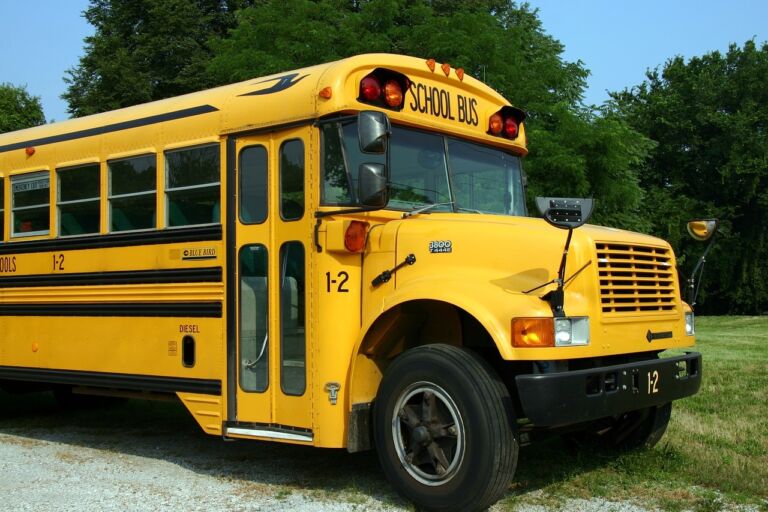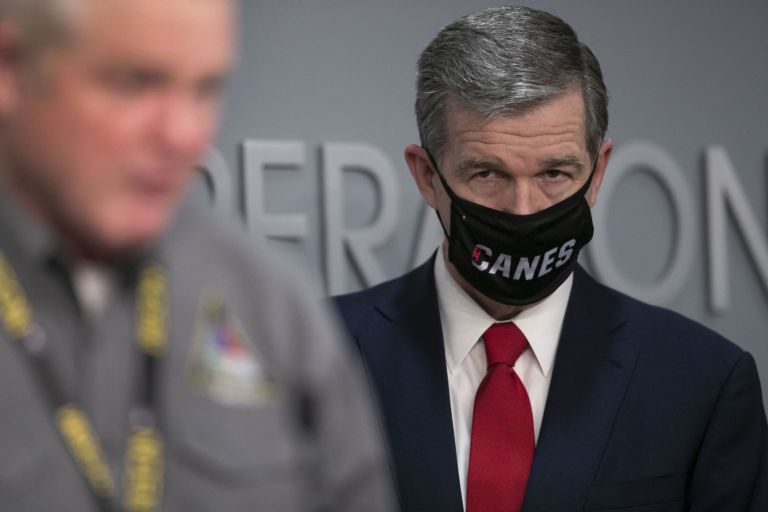- Gov. Roy Cooper’s supplemental budget recommendations would spend nearly half a billion dollars on one-time bonuses for teachers, principals, other school employees, and UNC and community college personnel
- That money would be better spent on school infrastructure needs, such as modernizing public school HVACsystems
- As they consider multiple teacher-pay proposals during the budget process, lawmakers should focus on making strategic, performance-based investments in our teacher workforce
Earlier this month, Gov. Roy Cooper proposed awarding bonuses to public school and university personnel for their “courage and commitment to educating our children.” These buddy bonuses appear to be designed to satisfy his key political supporters rather than address North Carolina’s most critical needs.
Cooper’s supplemental budget recommendations proposed tapping $468 million in state funds to distribute $2,500 bonuses for teachers and principals, $2,000 bonuses for community college and University of North Carolina system personnel, and $1,500 bonuses for school staff. Educators and staff deserve credit for adapting to changing circumstances produced by the pandemic. But North Carolina’s public schools and universities mostly have been insulated from job cuts and salary reductions thanks to a hold-harmless provision approved by the General Assembly last year and a massive influx of federal dollars.
More important than the fortunate few included in Cooper’s proposal is the list of those who didn’t make the cut. Cooper declined to include additional compensation for most state government employees. Under the governor’s proposed budget, only certain employees at the Department of Public Safety would be eligible for hazard pay.
The supplemental budget plan also does not include payments for those hardest hit by the pandemic – the hundreds of thousands of North Carolinians who lost jobs courtesy of restrictions on businesses imposed by the Cooper administration. If any group has demonstrated “courage and commitment,” it’s private-sector workers who have had their livelihoods ravaged by the arbitrary rules concocted by government bureaucrats.
Instead of spending nearly half a billion dollars for one-time bonuses, the Cooper administration could have focused on critical — albeit less politically expedient and headline-grabbing — infrastructure needs. Modernizing public school heating, ventilation, and air conditioning (HVAC) systems is a good place to start.
Educators and families alike worry that antiquated HVAC systems may contribute to the transmission of COVID-19. Teacher unions and public school advocacy groups contend that inadequate HVAC systems threaten the health and safety of students and school employees returning to school buildings for in-person instruction. Surely teachers, administrators, and staff would be willing to forgo a bonus to ensure a safe reopening of schools.
Researchers continue to assess the relationship between HVAC systems and COVID-19 transmission. In an August 2020 literature review published in the International Journal of Environmental Research and Public Health, researchers concluded that the “few COVID-19 investigations available do not provide sufficient evidence that the SARS-CoV-2 virus can be transmitted by HVAC systems.” But the research literature to date is limited to studies of cruise ships, hospitals, restaurants, and indoor community environments. The widespread closure of school buildings (and reduction of students allowed in the buildings during the school day) means that there are fewer opportunities to determine if school HVAC systems are mechanical super spreaders.
Even if HVAC plays a negligible role in spreading COVID-19, school districts would welcome assistance in updating their environmental systems. In June, the U.S. Government Accountability Office published a report that evaluated public school heating, ventilation, and air conditioning systems. After evaluating survey results from a random sample of 664 school districts, researchers estimated that around 36,000 schools nationwide required critical updates to their HVAC systems.
North Carolina is no different. The North Carolina Department of Public Instruction produces a statewide facility needs survey every five years. We’ll have updated cost estimates when NC DPI publishes the 2020 edition in the coming months, but the 2015 report offered a sense of the cost to update HVAC systems. School districts reported $342.6 million in heating and air conditioning needs in 2015. Even if that total increased by $100 million over the last five years, HVAC overhauls would provide long-term benefits for fewer taxpayer dollars than Cooper’s buddy-bonus scheme.
Of course, updating HVAC systems and compensating employees are not mutually exclusive. In fact, Republican leaders in the North Carolina General Assembly have stated that they will consider multiple pay proposals during the normal state budget process. When they do, lawmakers should not focus exclusively on how much we pay education personnel. They should also consider how they are paid.
For example, in the K-12 system, the current state salary schedule dictates that educators are paid based on their credentials and experience, rather than the value they add to student learning. Across-the-board salary increases and bonuses simply prop up a fundamentally defective system. Instead, lawmakers should focus on making strategic, performance-based investments in our teacher workforce to retain our very best school employees.
In the end, Gov. Cooper’s supplemental budget recommendations signal his affinity for the education establishment, disregarding long-standing infrastructure needs and supporting antiquated employee compensation practices that do little to improve the overall quality of education in North Carolina. Thankfully, Cooper’s plan lacks sufficient support in the General Assembly.


